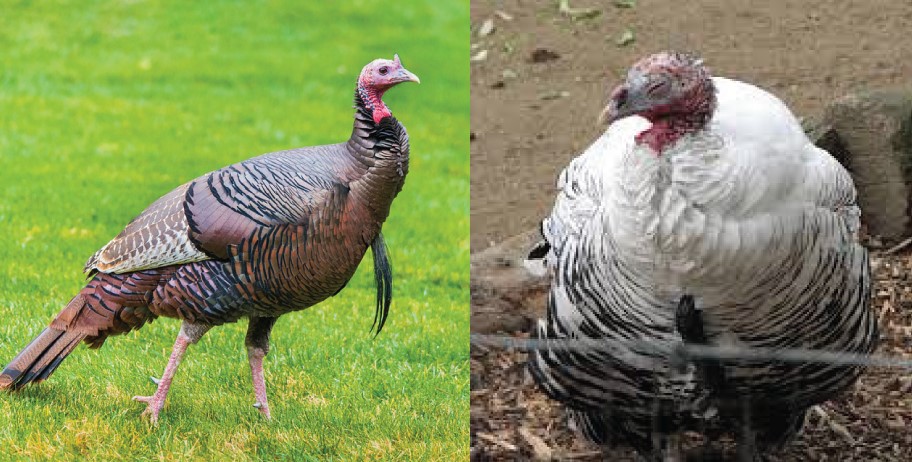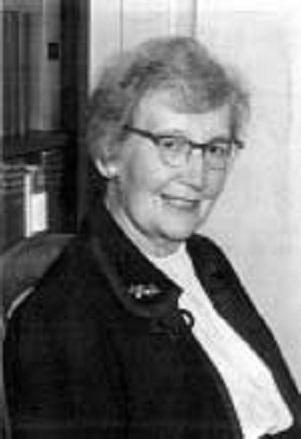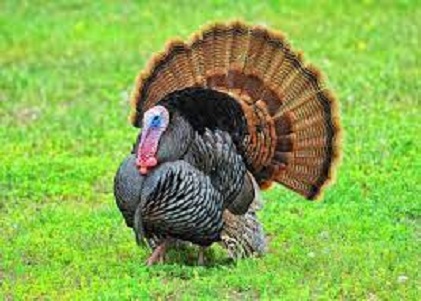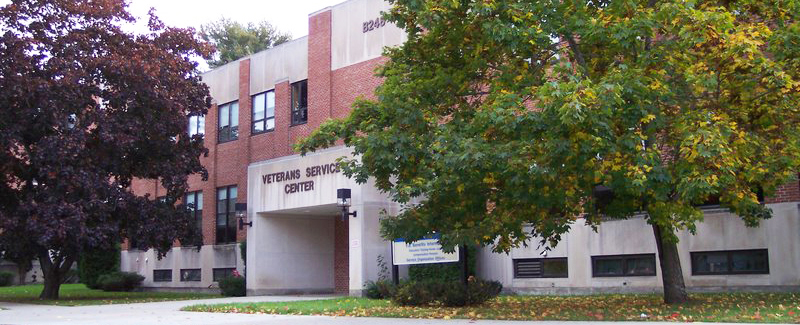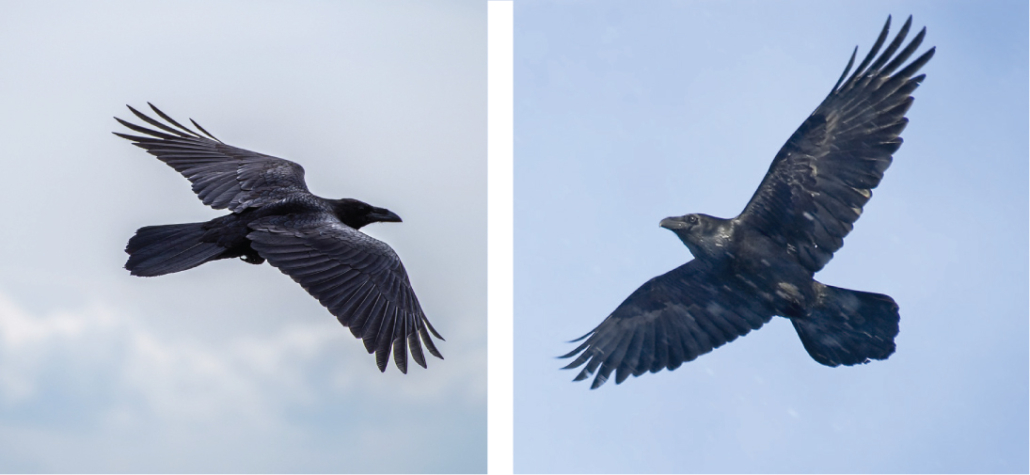MY POINT OF VIEW: Thanksgiving is only a word depicting a spot in time
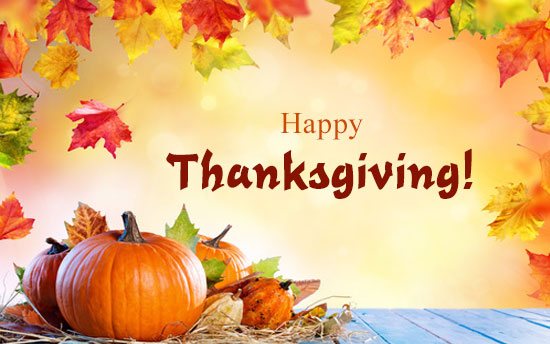
 by Gary Kennedy
by Gary Kennedy
The views of the author in this column are not necessarily those of The Town Line newspaper, its staff and board of directors.
In doing my research for a thanksgiving article I started with Huff Post and its contributor Randy S. Woodley. The article was Thanksgiving Myth. Although those of us who have given history an honest look know that the fairy tale, Thanksgiving, isn’t realistic or even close to the truth. I find that some things need to be known in their reality/entirety but some things of which we don’t agree, only need to be described in their proper place and time and in a manner that will not destroy the intent of family. Sometimes truth needs to be given in proportions over time with the advent of maturity.
We know world history was never pristine and much of its foundation is shameful. However, I firmly believe that history has its place in our reality and holidays have another. Sometimes throwing the truth in its entirety destroys the band aid that we give to the wound. We place the band aid so the wound will heal the already very obvious wounded. I believe we tend to live in the past where the truth maintains its origin a little too much. The past is what it is. For me, it’s a precursor of now and a second chance on getting it right.
The first people are not here to answer to their interplay in historical reality and I nor my parents or children shouldn’t have to pay a price for historical evolution. As of late I have found myself searching history because of dirty politics. Who did it, why and what is their history. You can only go back to known time. Other than that we are dealing with innuendo and supposition. We all know the truth, as we see it, time teaches us that.
If we adhere to biblical teaching we only have good intention which became violated by human corruption. Was that the intent of our creator? I don’t think so. I believe that the first broken heart was his. We are talking about a big, all forgiving, beautiful and merciful heart. There has been no other heart like it. I am of the opinion that he has applied thousands of band aids over time. Only he holds the cure in his hands and he has a plan. He has a time and place in which this problem will be revisited and once and for all healed. Have no fear, irrespective of who you are or what you believe he holds the solution.
What I would like to instill in your hearts at this time is nothing more than a band aid. The band aid is laced with lidocaine and antibiotic. The lidocaine will ease the pain and the antibiotic will help with the infection. Guilt is both painful and infectious. That is why we temper the injury with love, forgiveness and understanding. If we truly know that there are very few, if any, good, fair and honest beginnings to the origins of all the parts of this world. If you think about what you know about world history, through all of time, you will grow to realize there is no such thing as a peaceful beginning. Every country and all their extensions began with might, not love. Someone gave up their world in order to form yours. Since the beginning of time through many guises the earth and its people have changed as has its physical appearance. The configuration of borders and even the character and beliefs of people have changed.
Yes, we know the Pilgrims arrived at Plymouth Rock as taught to our young ones. We explain in little detail how corn was grown and fish were used for fertilizer. We teach that the Indians taught us much and helped us through some harsh winters. We certainly neglect the parts about our cruelty towards them eventually and how we grew in numbers and carried out materialistic values as we expanded our material gains and used those very friends who saved our lives in our beginnings in America. Yes, it is very sad to forget what the cost of progress is and has been throughout time. We tend to lean now toward the good things. We talk of our friendship, learning, trade and growth. We cherish such things as the great celebratory feasts of turkey, deer, fish, vegetables, and pumpkin pie, most of which was supplied by those very American Indians whose land America really belonged too. Stories of John Smith and Pocahontas are still told to our children. We talk about all the fun and beautiful things but forget the true reality of the celebration. The big picture here is the hands of time and the evolution of peoples. To this very day we tend to find the need to grow separately not collectively. Time has shown us we only tell the good stories to justify the outcome. We always want a happy ending. So, we just make up one in order to conceal the truth. This year several writers have decided to tell at least half truths and write closer to the truth. I’d like to think that we are starting to realize that even though the truth may not always be full of happiness at least it will begin to lead us down the path to unification.
Thanksgiving is only a word depicting a spot in time which people gather together to celebrate the good with merriment. Thursday, November 25, is the day we celebrate the Thanksgiving that we know. It’s always on the fourth Thursday of November. There are other countries that celebrate this same holiday and for most of us the true meaning is being thankful for our annual harvest. These foods have pretty much remained the same over time. It’s a time for family and friends to join together with music and games. It is a very happy day for most. Although the first part of my Thanksgiving dissertation was serious, sad, and informative, the evolution has evolved to a happier scenario. However, I believe we should never forget and learn from the factual parts of this holiday.
The first Thanksgiving event was celebrated in October 1621. It lasted for three days with 53 pilgrims and 90 Wampanoag Indians. It was Abraham Lincoln in 1863 who proclaimed Thanksgiving Day a national holiday on the last Friday of November, thanking God for the harvest. So fortunately for us through art work and some writings we know some of our history both good and bad. So I guess from here it depends on how we move forward with what we know and continue to learn.
For me and mine, Thanksgiving begins and ends with the one who makes all things possible. We know the road has had many pot holes and mud puddles but it has also had some wondrous straight aways. Where we take it from here is up to you and me, and what we teach our children. Never hide the truth but always let it be your guide. We still have many hills to climb but with love in your heart the path will be so much more achievable. We have come a long way when you consider the past. We’re not perfect yet but we have grown closer. We will always need that November Turkey day. God bless you and your family and always try to help those you know who need it. Please give a special prayer to those who are enslaved by the wicked. Always remember, “It’s not what you take with you, it’s what you leave behind.”


